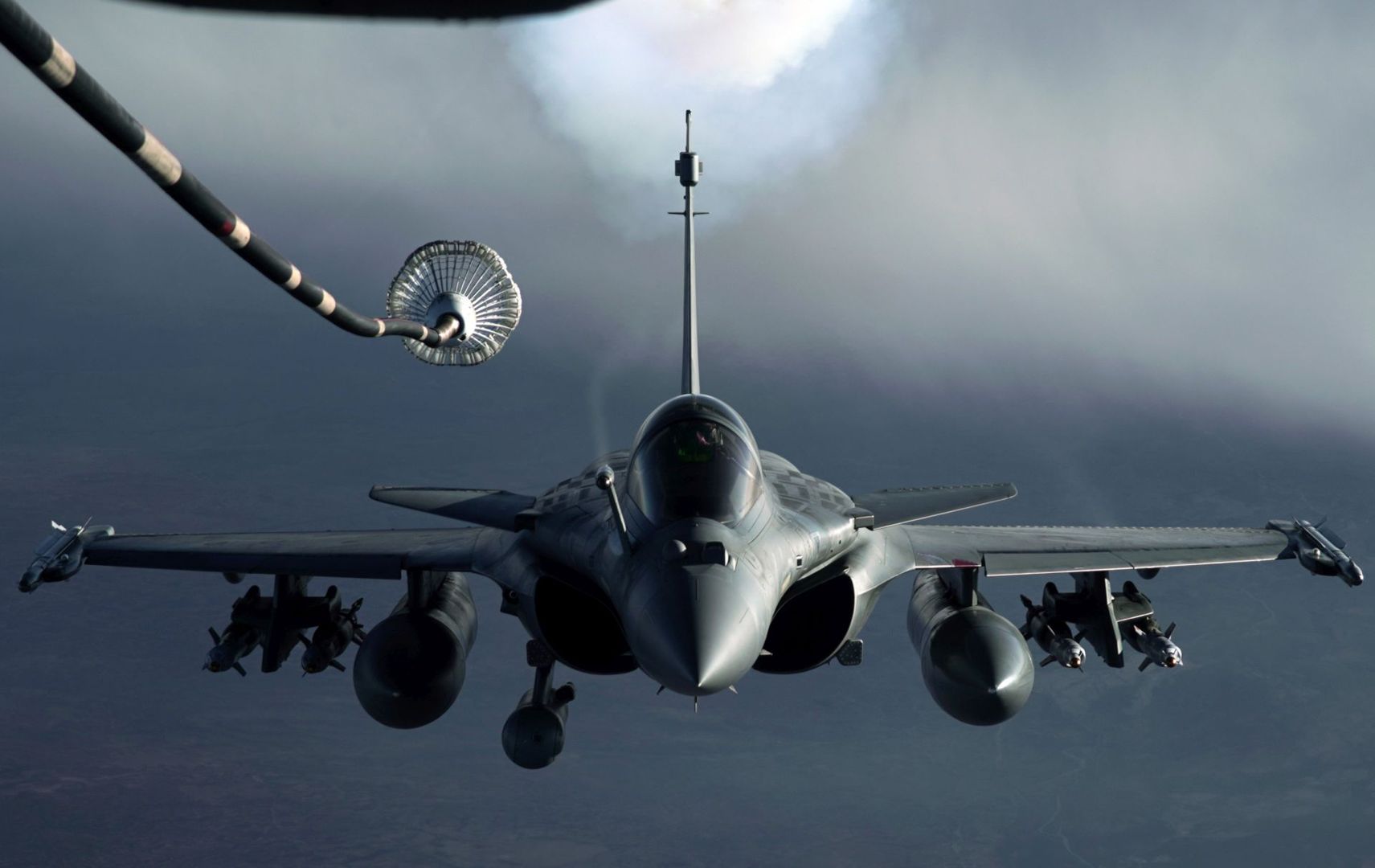At a time when technological development is flourishing in countries such as China and North Korea, the United States is at risk of falling behind due to budgetary constraints, the acting assistant secretary of defense for research and engineering said here today.
“Although we’re budgeting this way, research and development is not a variable-cost activity,” Alan R. Shaffer told attendees at the 2014 Precision Strike Annual Review. Regardless of force size, he explained, the nonrecurring engineering costs of developing a new system are the same.
Cuts to research in development accounts will slow technological advancement, and lost time is lost for good, Shaffer said.
“If we take much of a strategic pause in developing new systems, it will take a long time to get those restarted,” he said. And, Shaffer noted, given the speed of technological development, it doesn’t make sense to do so.
“The pace of technology maturation is accelerating at the same time that we’re starting to have some weakness in our technology accounts,” he said. “That’s not a comfortable place to be.”
Research and engineering in the Defense Department is about three things, Shaffer said: addressing present and future threats, enabling new and extended capabilities in current systems, and developing technological surprise.
But, he noted, high-tech fields such as space are evolving so quickly that “by 2020, I do not believe we will have any space asset now in orbit that cannot be denied or degraded [by an adversary].”
This means alternatives must be found for ubiquitous systems such as GPS and satellite communications, Shaffer said.
As the budget environment looks as if it will be constrained for at least the next decade, the department won’t be buying as many finished systems, he said. This will place additional emphasis on prototyping and developing capabilities, Shaffer said, even if they are never fielded.
At these early stages of research and development, he said, failures are part of the process. However, Shaffer noted, the department can’t afford to fail in acquisitions.
“We … can afford failure if we’ve only spent 12 months’ worth of money,” he said, but it becomes a lot harder to justify if the department has invested eight years in a failed project.
One sign of the changing culture within the department’s research and development office is a name change, Shaffer said. The Rapid Fielding Office is now the Emerging Capabilities and Prototypes Office. The office is now focused on delivering capabilities that can be developed and prototyped for and with warfighters, he explained.
Shaffer noted the example of the X-1 development process as a model for the department to emulate as it moves forward. The Air Force and NASA partnered to develop hypersonic vehicles that were never intended to become operational systems, he said.
“It was intended to demonstrate we could have controlled flight through the sound barrier,” Shaffer said. Each subsequent X-plane version was focused on solving increasingly difficult aeronautical engineering problems, he said, and the outcome was explosive development in aviation technology.
“Aviation … went from, effectively, no jet planes — unless you want to count the Messerschmitt 262 — at the end of World War II, to supersonic controlled flight by the late ’50s. That was a 15-year period,” Shaffer said.
The program continues today, and the X-35 is the lone exception to the prototype-only model, entering production as the F-35 Lightning II joint strike fighter.
Similar revolutions are most likely to come in three areas, Shaffer said: autonomous systems, hypersonic weapons and electronic warfare.
More than any other area of technology, Shaffer said, the loss of U.S. dominance in electronic warfare makes him unhappy.
“Between digital signal processing, advanced electronics [and] advanced microelectronics … people are expanding the electronic warfare envelope,” Shaffer said. “Simply, this becomes a point-counterpoint game that’s very hard to play.”
Now is a great time to be a technologist, Shaffer said. The department remains committed to science and technology and future system development, he noted, and there are plenty of challenges waiting for inventive people to solve them.










